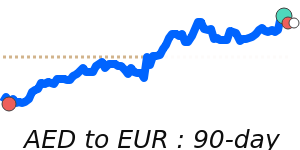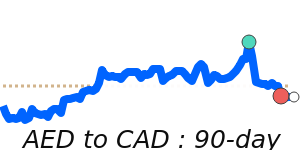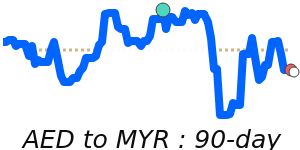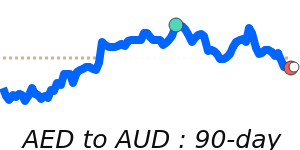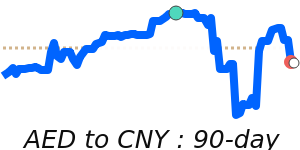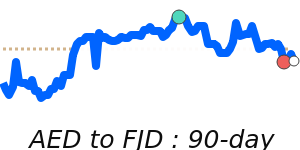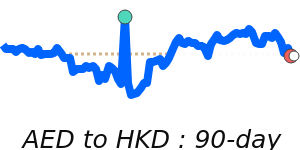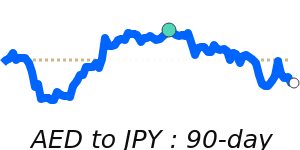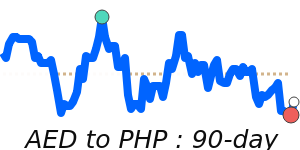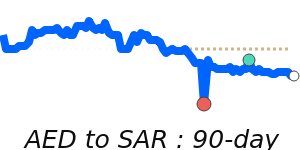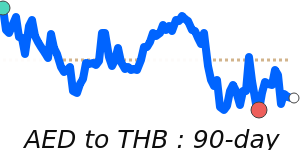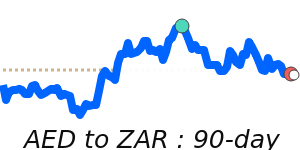The UAE Dirham (AED) is currently experiencing stability against major currencies, reflecting a mixed yet optimistic outlook for its future performance. Analysts indicate that recent expectations of U.S. Federal Reserve rate cuts, spurred by softening labor market conditions in the U.S., have contributed to positive sentiment in Gulf markets. This forecast has bolstered investor optimism, positioning the AED favorably for international transactions.
In terms of specific exchange rates, the AED to USD remains steady at its 3-month average of 0.2723. Similarly, the AED to EUR is also exhibiting stability, trading at 0.2339, which is close to its average. Over the past three months, this pair has shown a minimal fluctuation of 3.4%, ranging between 0.2294 and 0.2372. Likewise, the AED to GBP remains consistent at 0.2043, maintaining a narrow trading band of 4.8% from 0.1995 to 0.2091.
The AED to JPY has taken a slightly more dynamic path, currently at 42.43, which is 2.4% above its 3-month average of 41.44, with fluctuations within a broader range of 7.6% from 39.88 to 42.91. This indicates a growing strength against the Japanese Yen, possibly influenced by the global economic environment and internal UAE economic growth projections.
Moreover, the weakening of several Asian currencies, notably the Indian Rupee and Pakistani Rupee, has enhanced the purchasing power of expatriates in the UAE. Remittances sent home are realizing improved value, benefiting from the Dirham's relative strength. Forecasts from the International Monetary Fund predict solid growth rates for both Abu Dhabi and Dubai in 2025, thanks to robust non-oil sectors and increased oil production. Such economic indicators could further solidify the AED’s position in the currency market.
In summary, recent developments suggest a stable but optimistic trajectory for the AED, underpinned by U.S. monetary policy expectations and positive UAE economic growth forecasts. Currency pairs trending near their 3-month averages indicate a period of calm in foreign exchange markets, providing favorable conditions for individuals and businesses engaged in international transactions.





